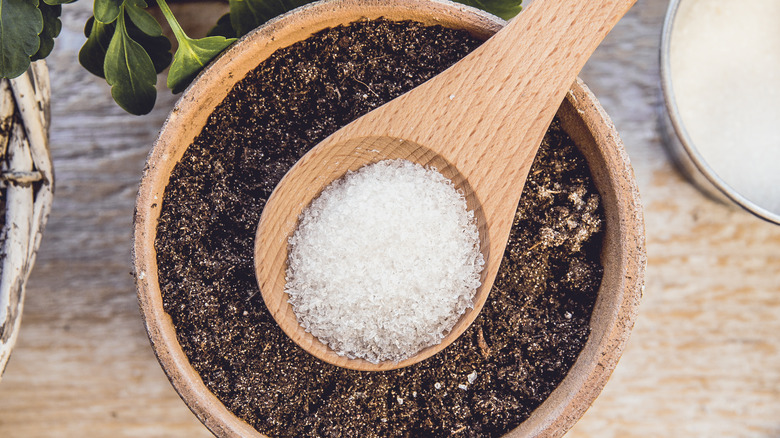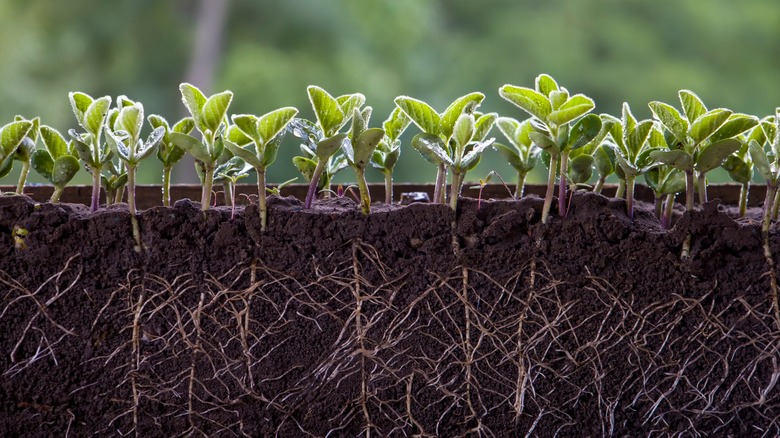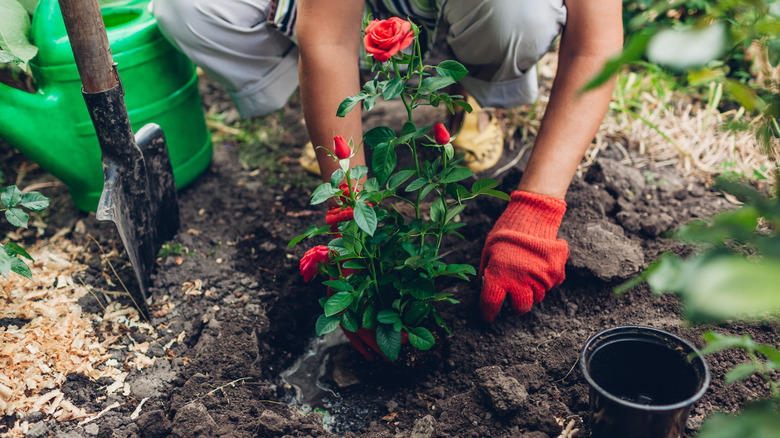Why You Should Be Using 'Super Sponges' In Your Plants
Starting a garden or growing houseplants can be challenging, especially if you're new to it. New plants need to be looked after and well taken care of to grow and be healthy. They should be watered, fertilized, and sometimes pruned, depending on the type of plant you grow. Homeowners who have trouble watering their houseplants on a schedule can use "super sponges" to help water them. These man-made polymers, sometimes called super sponges, are water-absorbing crystals you place in the soil that flood the root when it punctures through it. Water is the most essential thing plants need, and these amendments can ensure that your plants always have a supply when necessary.
Even if you water your plant on a schedule, sometimes the roots don't fully absorb the water because it gets pulled to the bottom of the soil. While the water drags salt and other unwanted deposits out of the soil, it pushes past the roots. So, incorporating polymers into the soil creates backup water storage for the plant to hydrate appropriately. Here's how you can use them in your planting routine.
Super sponges attract the plant's roots
When you place super sponges in the plant's soil, they absorb the water you pour over the soil. They can intake 150 times more than their weight in water. If you forget to water the plant in the future, the roots will make their way to the sponge, insert themselves, and grow into it. However, it's vital to note that if you place too many polymers in the plant's soil, they could kick the plant out of its pot since the sponges expand when they soak up the water. Since the roots grow in the sponge when it pierces through, they won't have any issues; instead, they'll have a healthy root system.
In addition, using these polymers will reduce the amount of water you use to spray your plants because they're on standby for the roots when they feel dehydrated. Simply add a few of them near the roots and watch them thrive. Even though you don't have to water as often, keeping up with watering your plants is essential. The polymers are a backup if you miss a day or two, especially for houseplants that need frequent watering, such as begonias, impatiens, and poinsettias.
Super sponges strengthen new plants
Super sponges only work when they're put in new plants, meaning they won't benefit fully grown plants. The super sponge needs to be placed next to the root in case of a water emergency. If the sponges are scattered near the top of the soil, the roots won't be able to reach them. So, unfortunately, you can't place the polymers in mature outdoor gardens. Although, if you grow new plants outdoors, you can mix the sponges with the soil while they're still in their beginning stages. Ensure you place them in the planting hole before covering them with soil.
You should place the polymers in gritty or sandy soils; they'll benefit more from the sponges. These types of soil easily allow water to slip through to the bottom, where the roots won't be able to reach. If you decide to use sandy soils, add a layer of the soil to half of the pot, then add a few super sponges before adding your plant and the final layer.
On the other hand, if you use soils that are good at holding water, like loam soils, you can still use super sponges. Simply place the sponges a few inches outside the root vicinity so that they know to expand out to the surrounding soil. Of course, spreading the roots works if it's planted underground rather than in a pot.


